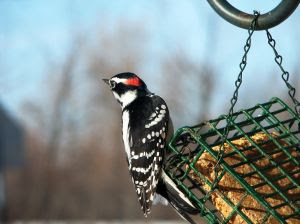
The Great Backyard Bird Count gears up for its annual event.Wild Birds Unlimited is proud to be a major sponsor of the annual Great Backyard Bird Count (GBBC) which takes place the third weekend in February. This is a joint project between the Cornell Lab of Ornithology and the National Audubon Society.Anyone can take...
Category ›
Quick fun Facts




































